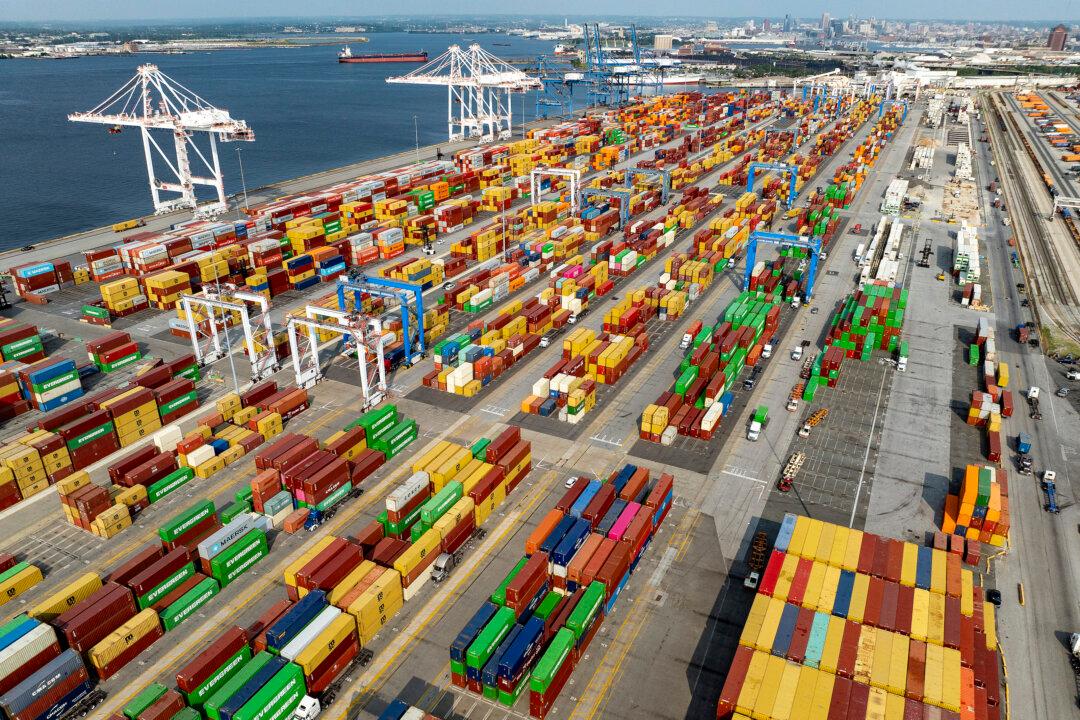Commentary
All over the world, governments and central banks are addressing the pandemic crisis with three main sets of measures:
- Massive liquidity injections and rate cuts to support markets and credit.
- Unprecedented fiscal programs aimed at providing loans and grants for the real economy.
- Large public spending programs, fundamentally in current spending and relief measures.





